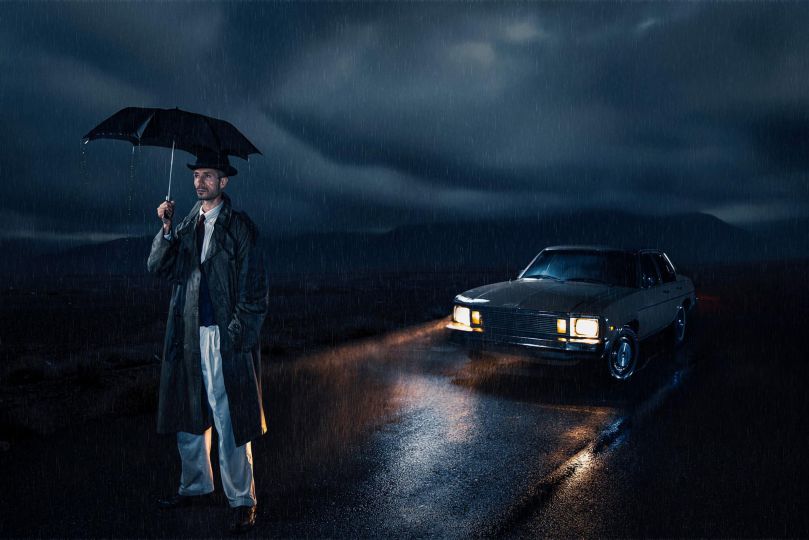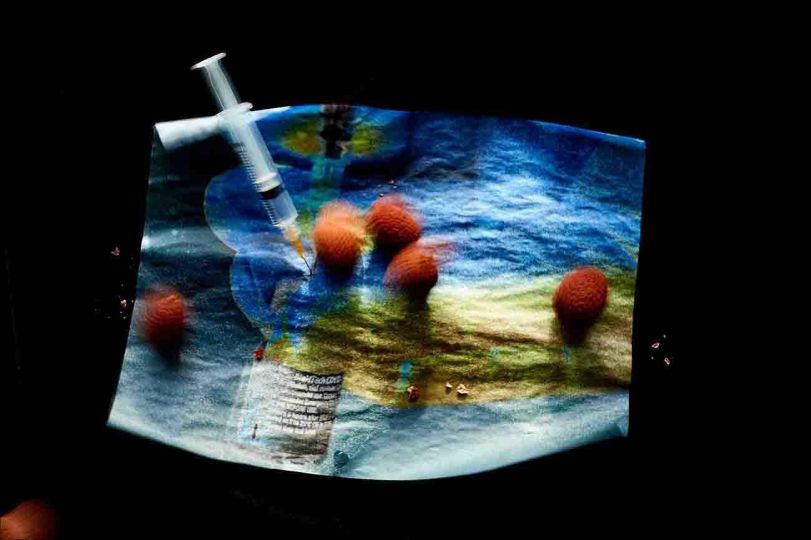Boutiques et devantures (Shops and storefronts) is a virtual exhibition offered to us by the Corridor Elephant publishing house and which smells deliciously of nostalgia. The author’s name is Patrice Picard. He wrote these few words:
Self-taught, I have been practicing photography as an amateur for around ten years. Seeing the works of many photographers (Stephen Shore, Lewis Baltz, Luigi Ghirri, Raymond Depardon, Philippe Bazin, Thibault Cuisset…) enlightens and stimulates me. Their perspectives and their singularities, crossed with my own tastes and personal attempts, have allowed my work to take shape and become more precise over the years. Several areas stood out for me: urban landscape, countryside landscape, but also obsolete, banal, abandoned things on the margins of our daily experience. For each shot, I think about color and frame, I eliminate as much as possible the superfluous and the anecdotal in order to translate into images, as accurately as possible, the essence of what appears. For me, the right image should seem obvious while offering complexity, creating friction. I am particularly keen to uncover the forces that underlie our contemporary reality, notably the tension between past and present, creation and decay, production and abandonment, or even nature and domestication. At the end of 2020, I published my first book « Boutiques et devantures ».
Of these shops and storefronts, I made a portrait, generally full-face and full-length, which will join my collection, a modest Atget-style inventory of a form of popular culture. In these photos, no one appears and yet, each time, I strongly feel a human presence. These facades are faces that tell us about each adventure, individual or collective, past or present. Beyond their old-fashioned charm or their apparent decrepitude, I see ingenious working lives, assertive or discreet characters, desires realized or taken away.
In our streets with a generally standardized appearance, these storefronts seem to open a temporal gap and draw our attention to a singular form of beauty and modernity, coming from the past. Because they were modern in their time, loudly asserting the talent of an architect or the personal tastes of an owner, testifying to the fashion of the moment as well as the strength of innovation or the originality of an individual. When we pay attention to them today, this modernity of the time resonates with our contemporary taste for design, our desire to give the facades of our cities a visual identity that can touch the viewer, trigger in the passerby more than just a simple consumer desire: an aesthetic emotion.
Far from being vestiges doomed to loss, these windows constitute an essential framework of our urban fabric. Through their fragile but stubborn persistence, they remind us of a sense of creativity, of elegance or extravagance, of minimalism or audacity which is sometimes cruelly lacking in our urban horizons and which nevertheless speaks to our sensitivity.
Leaving a photographic trace of these storefronts means opening a trade with the past without a nostalgic gaze, recognizing their importance in our contemporary world and making a place for them in our collective imagination.
Patrice Picard
















